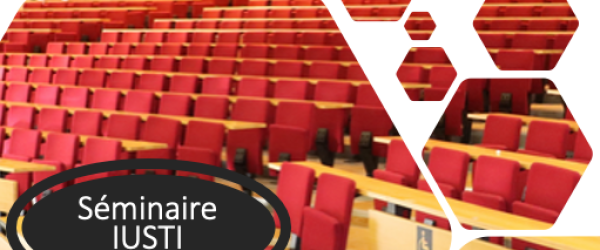Vendredi 20 juin 2025 à 11h, salle 250 bâtiment Fermi ; IUSTI
Abstract: Bacteria in the environment encounter diverse air-water interfaces, be they the bubbles of waste water treatment plants, the thin liquid film covering our lungs, or the vast expanse of the oceans surface. These interfaces are where transfers of gases or nutrients between the two phases happen, which shape the physico-chemical micro-environment perceived by bacteria. Here I will present two examples of how air-water interfaces can shape bacterial dynamics in the environment. First, I will present how bacteria present in the sea surface microlayer — the thin layer of water separating the atmosphere from marine waters below —can successfully exploit the transient nutrient patches produced by surface-deposited aerosols, using their abilities to swim up vertical gradients of nutrient concentration, called chemotaxis. This behavior results in a strong accumulation below the surface which is explained by the coupling of chemotaxis with ‘wall entrapment’ at the air-water interface – a physical mechanism by which motile bacteria reside near boundaries for longer times. Second, I will present our first steps investigating how soil bacteria respond to the presence of evaporative air-water interfaces in soil, and how these bacterial dynamics could feed back onto soil drying dynamics. Both studies highlight not only how interfaces in the environment modify the behavior of microorganisms, but also how these change of behavior can in return impact larger scale transport processes happening there.

